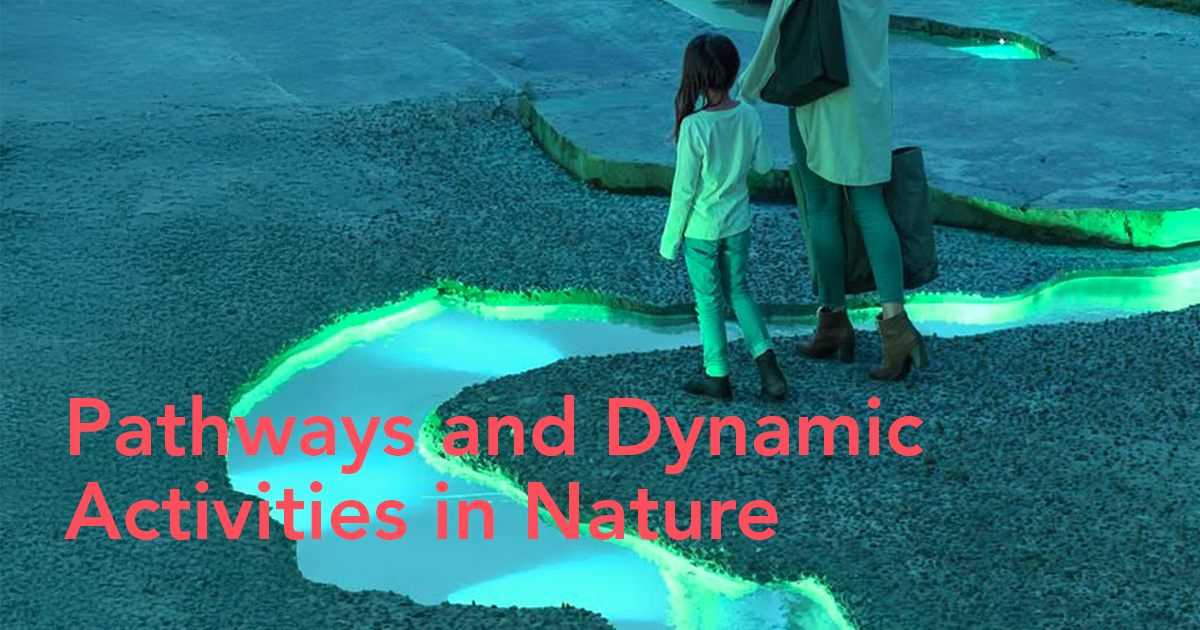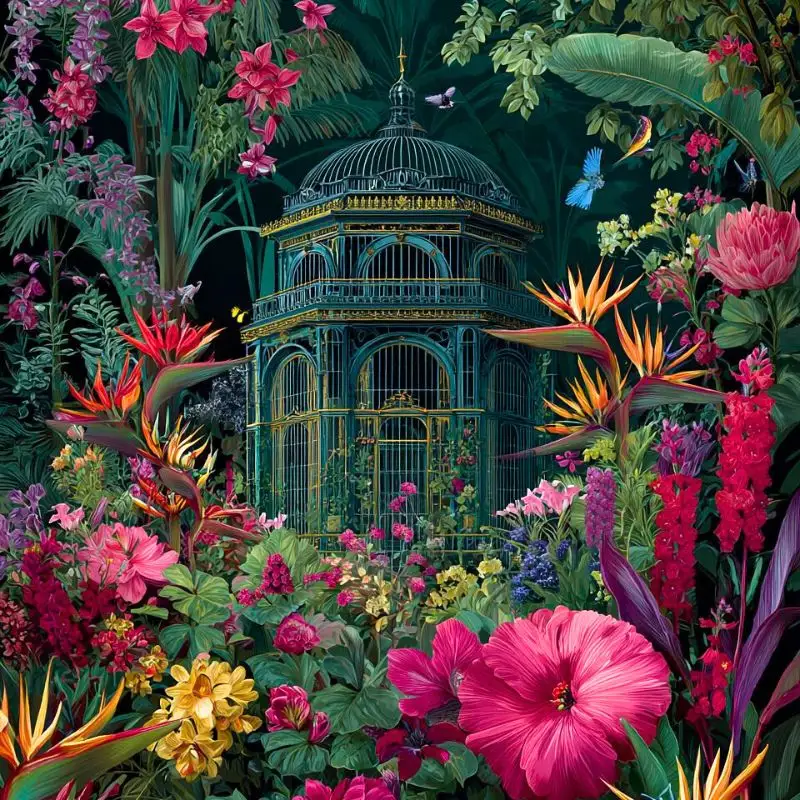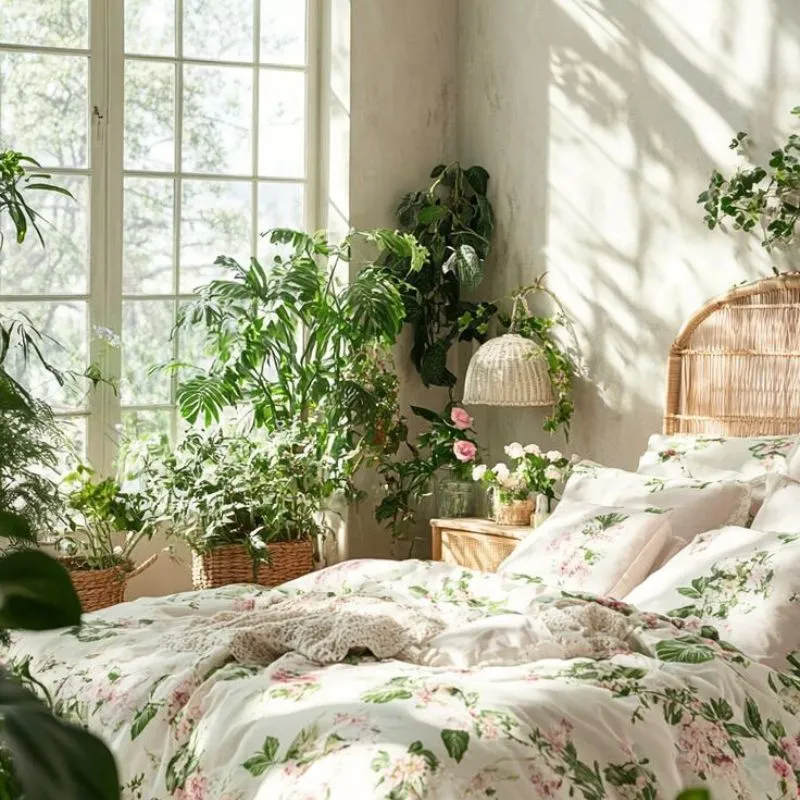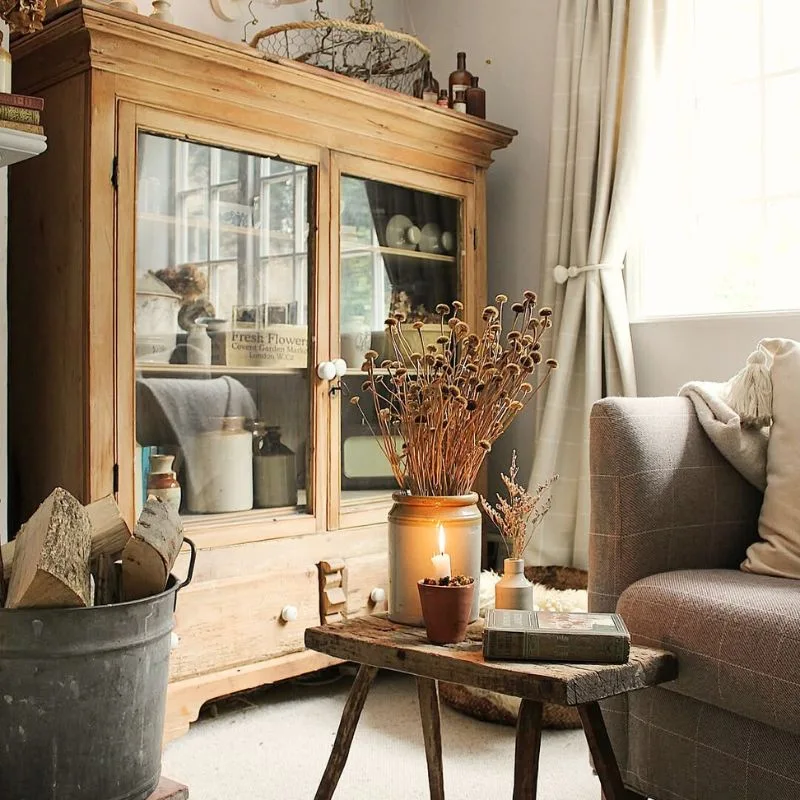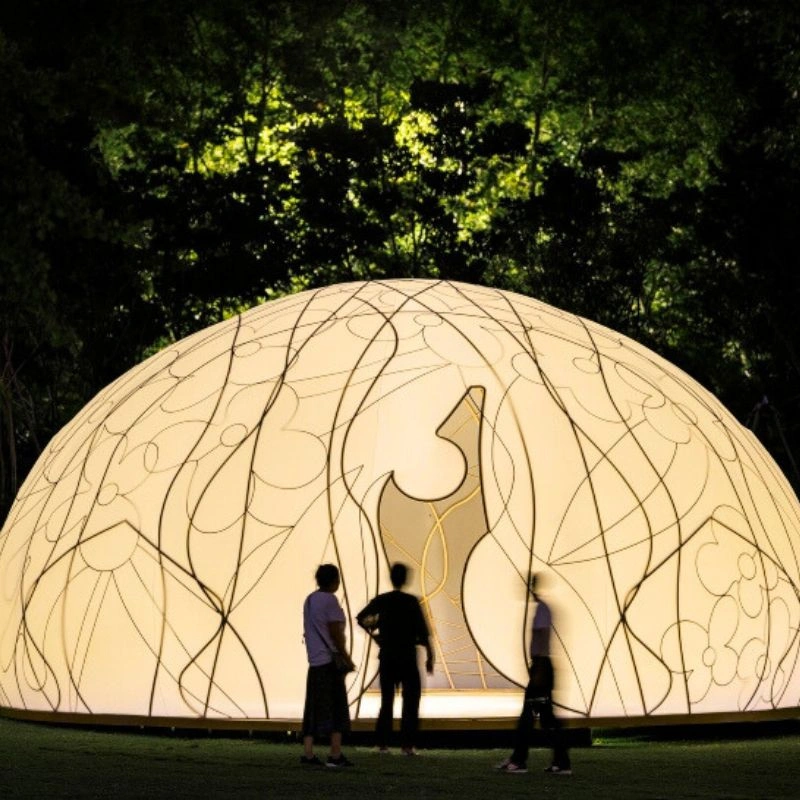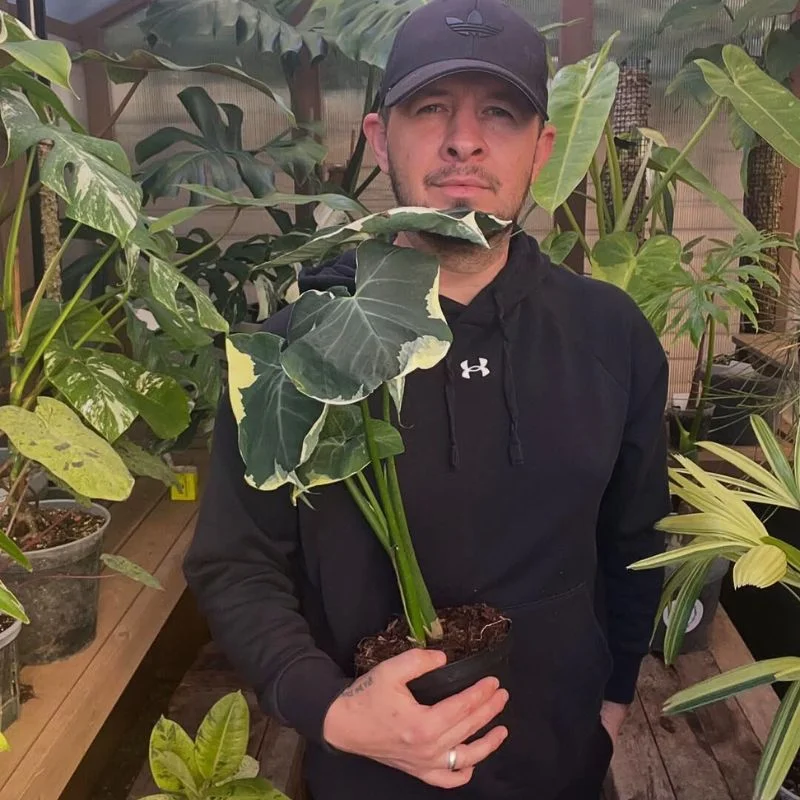After nearly two decades of shaping Ørestad’s skyline, BIG – Bjarke Ingels Group returns to the Copenhagen area with a public realm project. Spanning more than 50,000 square meters, 'The Impact' project transforms what were once vast asphalt surfaces into an interconnected landscape rich with greenery, native plantings, and natural forms. Inspired by water, terrain, and organic movement, the design integrates winding paths, planted slopes, and fluid open spaces that invite daily life, play, and large-scale gatherings into a setting that feels alive and closely tied to nature.
BIG Inspired to Open the Ground to Allow Light, Water, and Nature to Animate Plazas
BIG’s proposal departs from the idea of adding more surfaces to the city, and instead, it subtracts, revealing and revitalizing the layers beneath. Through this process, the designers open the ground to allow light, water, and nature to animate plazas, introducing wetlands, local flora, and public art into one continuous environment. At its core, a sculptural ‘crack’ runs like a fault line across the site, linking three plazas. This glowing incision becomes the connective tissue that transforms fragmented urban surfaces into a unified public domain.
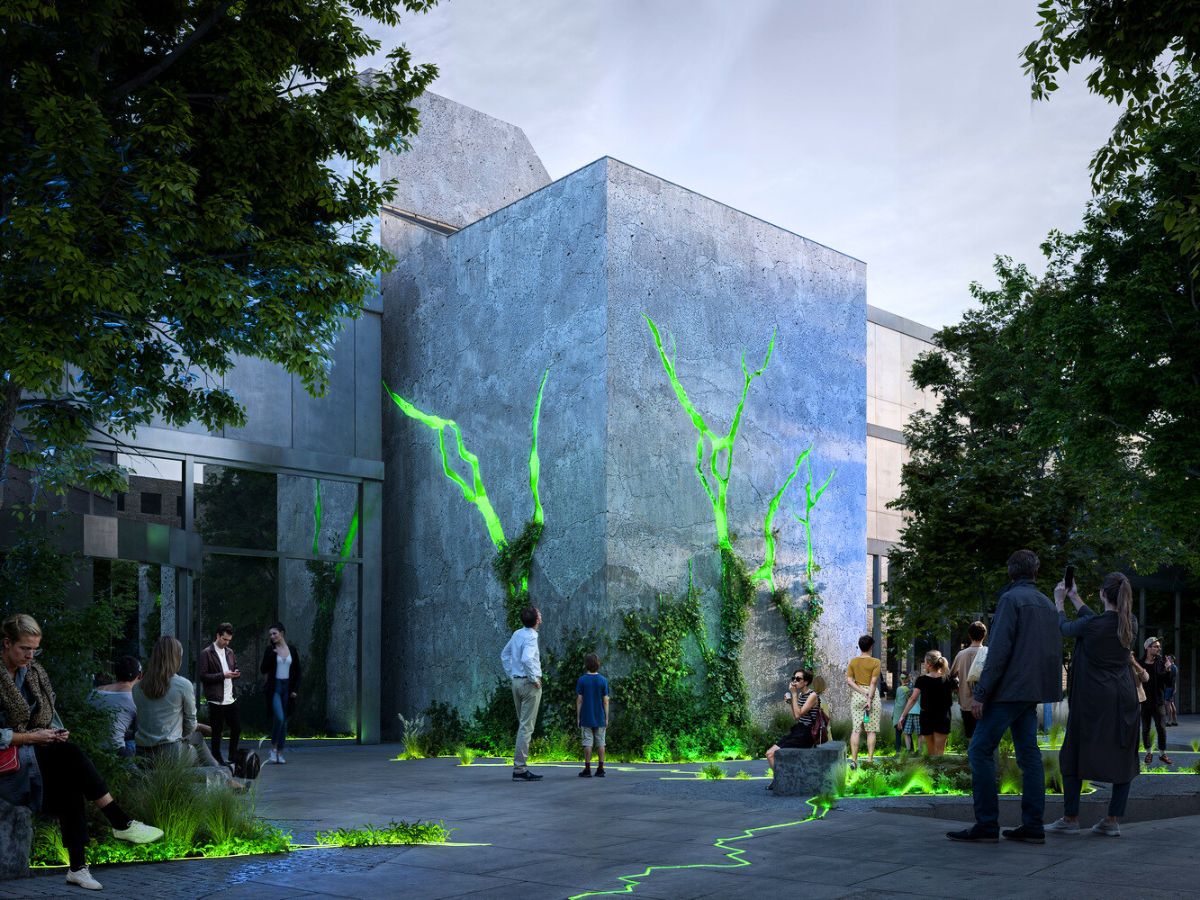
This time, the intention is to breathe life between the buildings. With The Impact, they have taken an approach that breaks open the perfect, finished surfaces of the city like a meteor strike, creating space for all forms of life, plants and animals, nature, and culture. Like a form of urban 'kintsugi' – the Japanese art of repairing broken pottery with gold – the cracks and fractures will create a kind of accelerated patina on the otherwise very new district. In the words of Leonard Cohen: ”There is a crack in everything. That’s how the light gets in.”

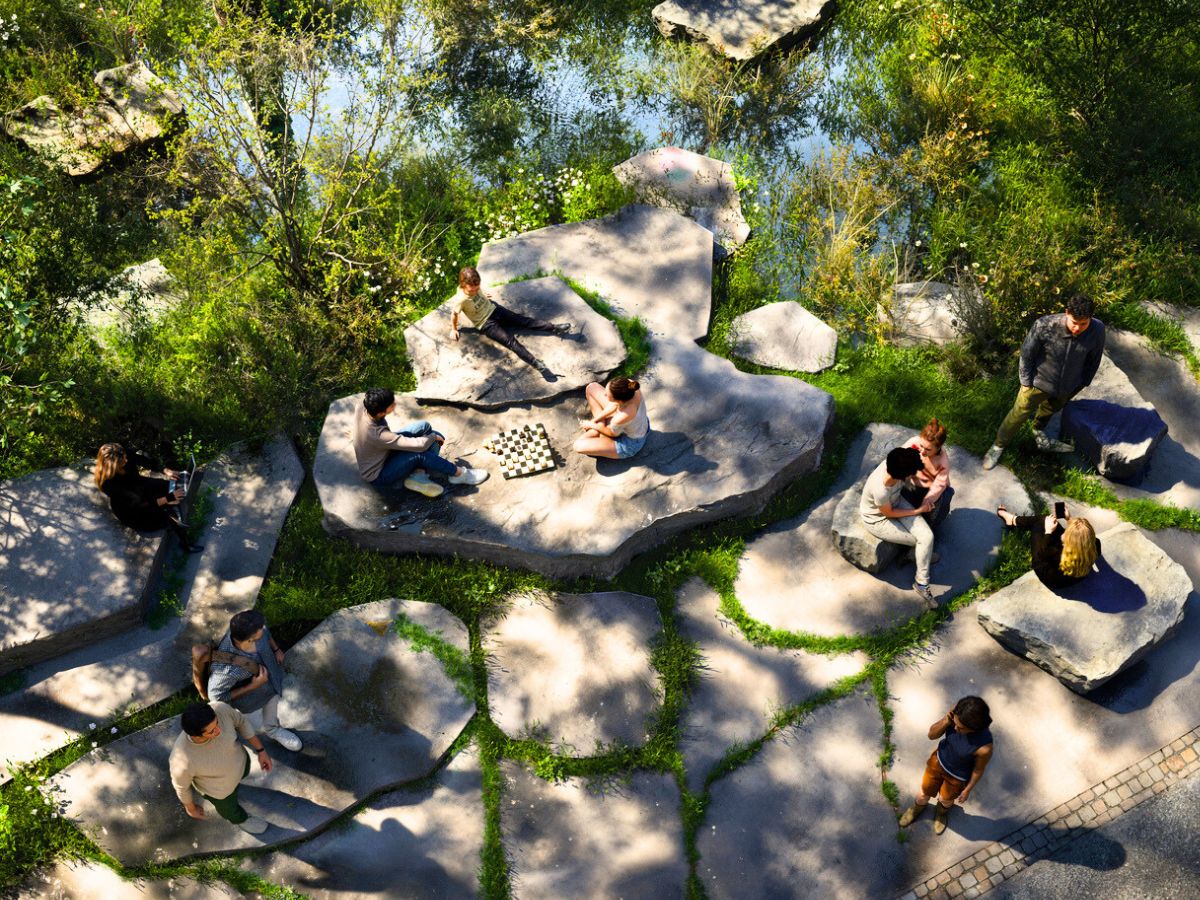
Natural Sources That Shape the Project and Make It Dynamic
Each of the three plazas adheres to a distinct notion within the total, responding to its immediate surroundings while fitting into the overall story. The multinational architecture firm transforms the plaza's water element into an urban pool and amphitheater at the DR Concert Hall. Repurposed paving materials are woven into steps and platforms around a core stream of light and water that varies with the time of day and season, while floating islands and tiered seating provide a moment for rest.
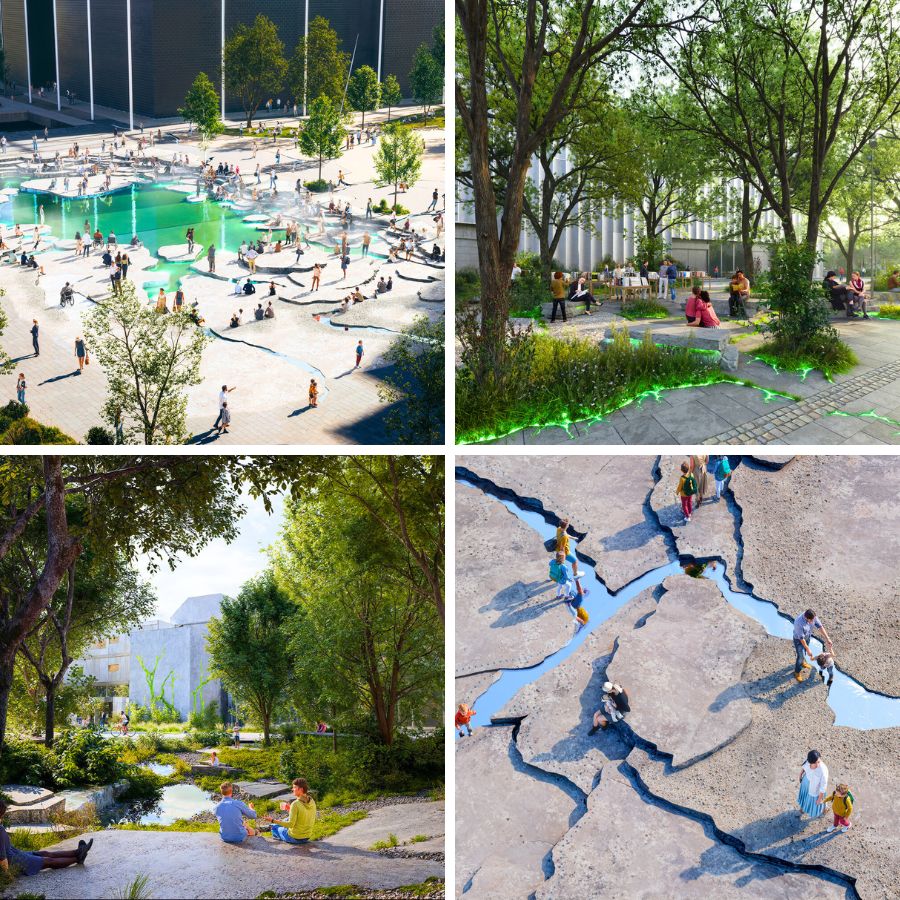
With several deep green 'rooms' formed by vegetation, stone surfaces, and cozy microclimates, Bella Arena's plaza becomes more personal. As a gentle wayfinding element that extends the crack vertically, plants scale the building facades. In the meantime, a bright green line denotes the landscape's continuity, directs traffic, and weaves public pathways. Wetlands, seasonal vegetation, and repurposed materials serve as the site's visual and sustainable pillars.
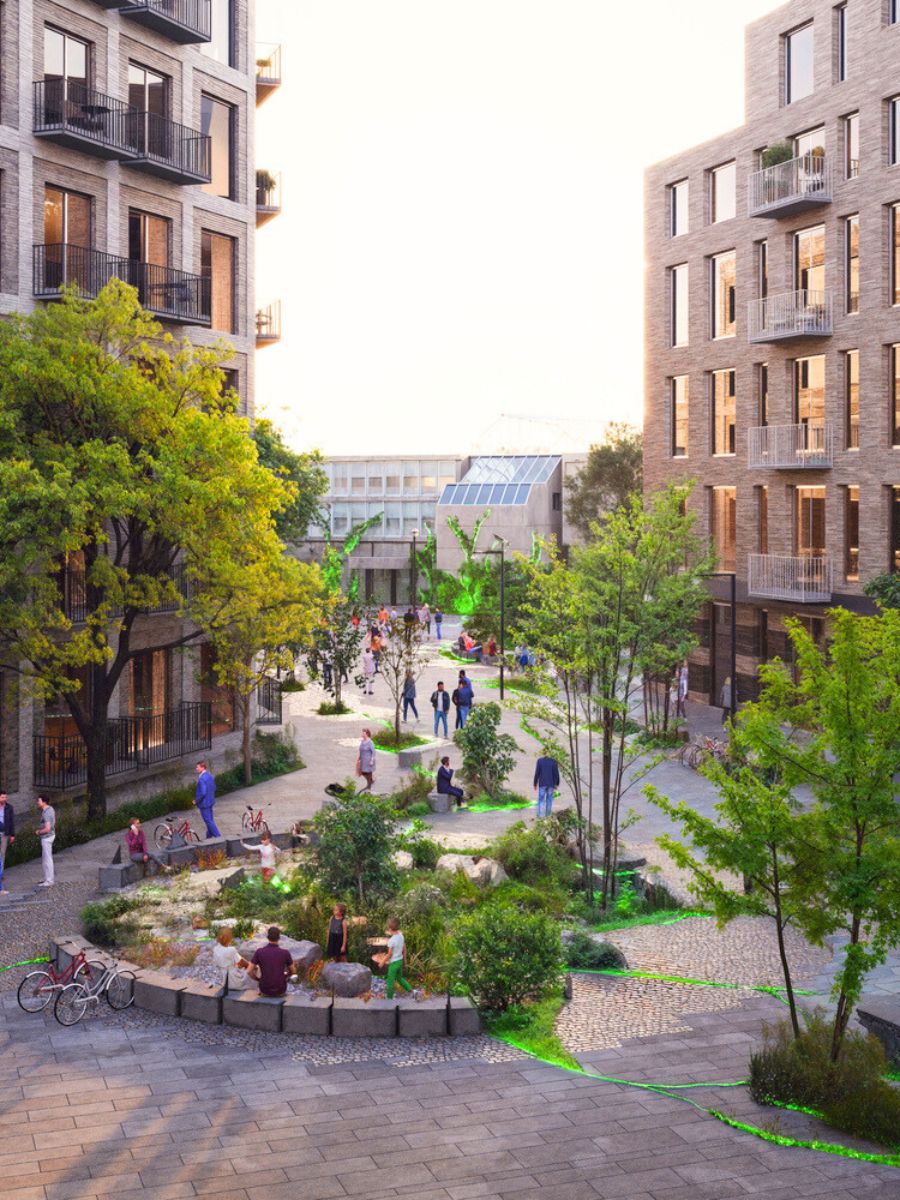
The Impact starts with two meteorite-shaped sculpture installations that highlight the scene for the change when Fields Mall joins the urban fabric. From this starting point, the golden crack spreads through squares and streets before rupturing dramatically at Royal Arena, where a sculpted urban emptiness is transformed into a gathering place.
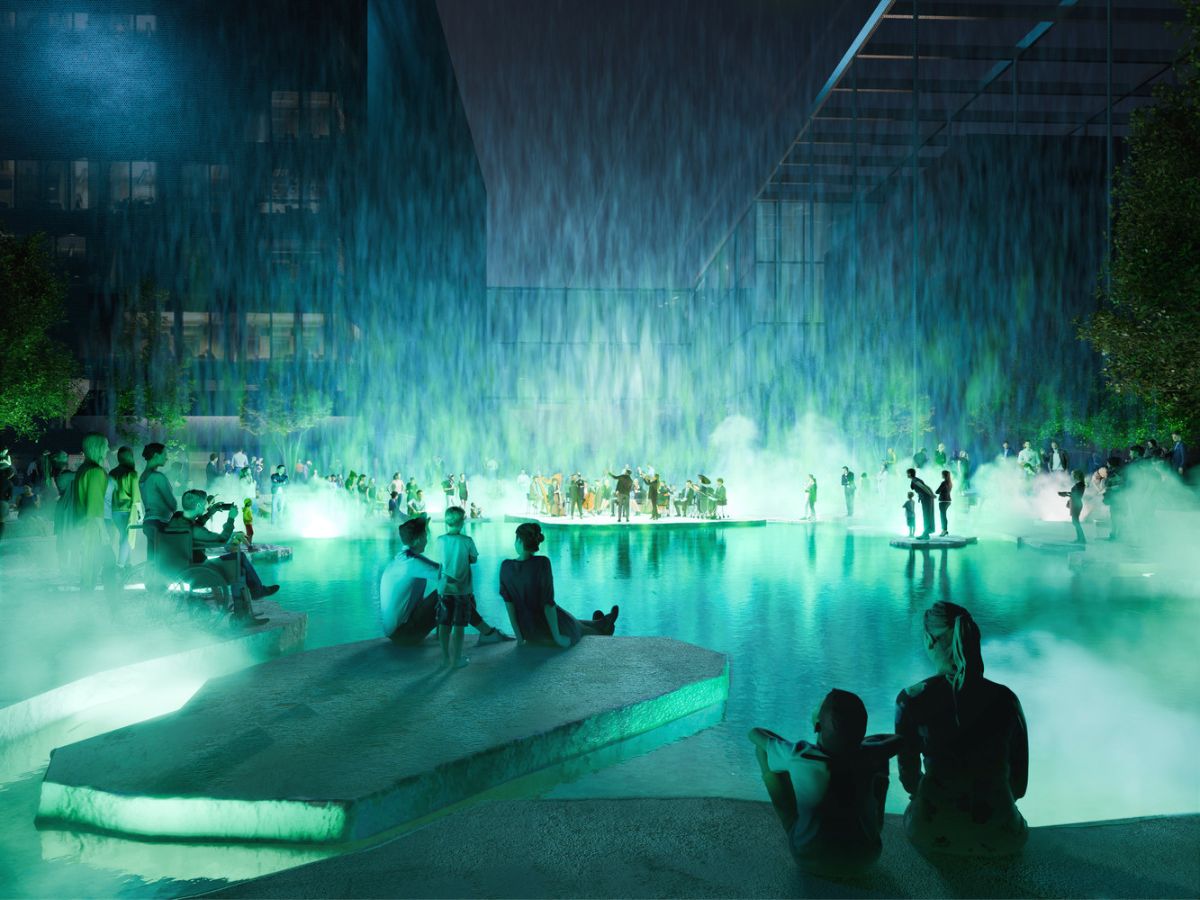
Turning Underused Spaces Into Climate-Responsive Landscapes
By reusing materials like granite and concrete, implementing passive climate measures, and incorporating natural biodiversity, the design manages to achieve a predicted carbon footprint of less than 0.1 kg CO2 per square meter annually. The landscape's ecological and visual identity is shaped by the on-site collection and filtering of rainwater through permeable surfaces, open channels, and topographic basins.
In order to unite fragmented places and let life flow through, pavements and building surfaces crack open with a unified language that fits both large and small spaces.
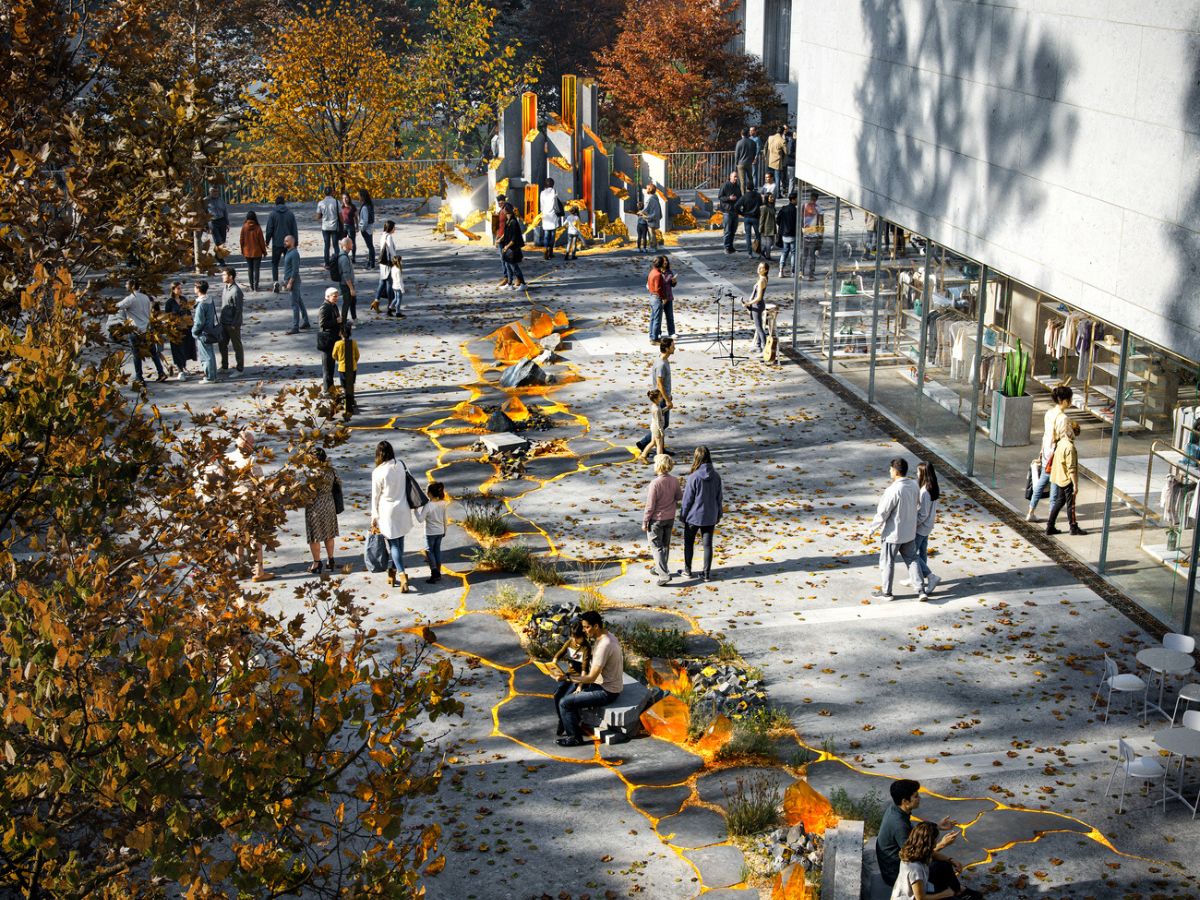
Giulia Frittoli, a partner at BIG, says:
"Interactive water, nature, and light flow through these cracks like lifelines, stitching together the existing urban fabric while creating unexpected encounters. By doing this, we show how landscape architecture and art can revitalize public areas while having a minimal negative influence on the environment and producing a potent, socially motivated change. As landscape architects and citizens of Copenhagen, we are pleased by the opportunity to help shape Ørestad’s future and celebrate its unique possibilities."
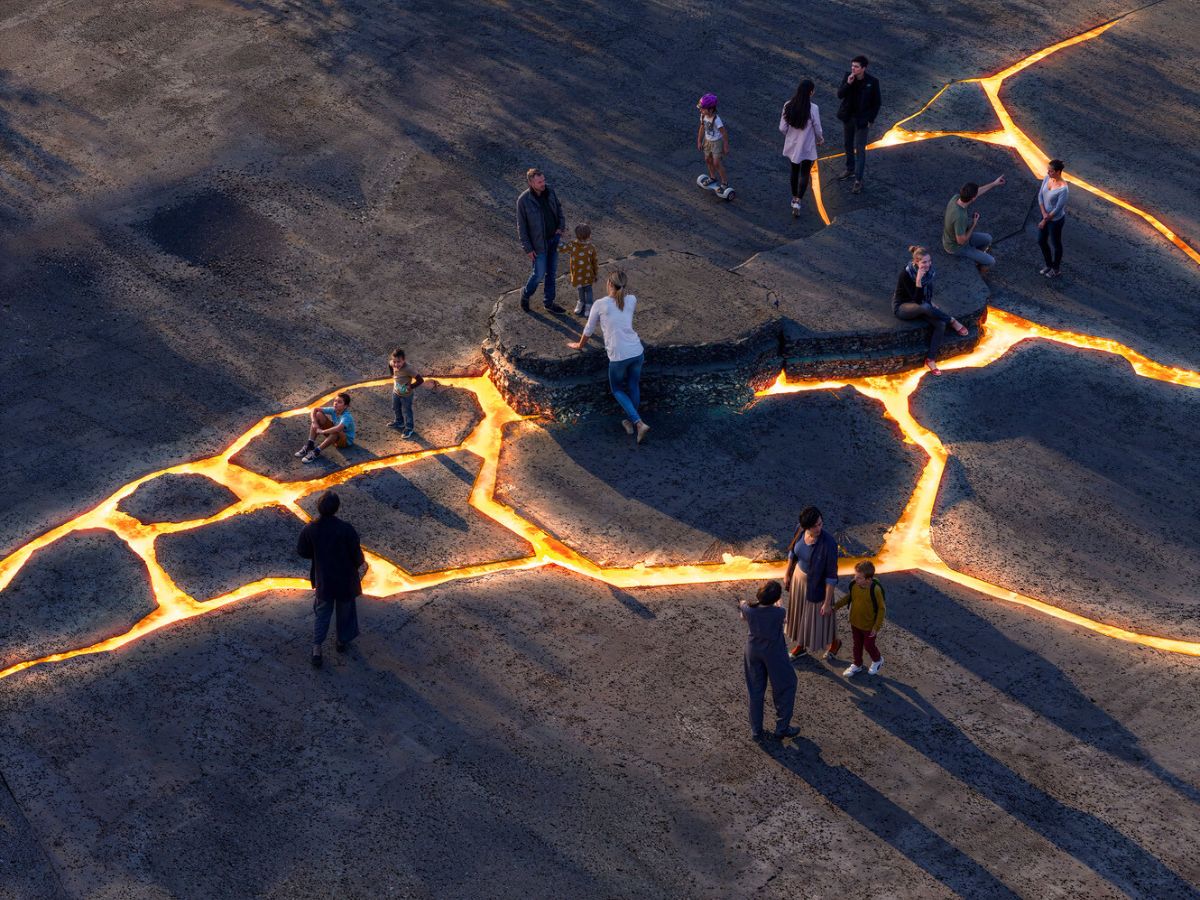
Using elements like nature, light, reflection, and sculptural forms, the design aims to make walking through the area feel more engaging and comfortable.
Photos by @big_builds in conjunction with @playtime.barcelona.

